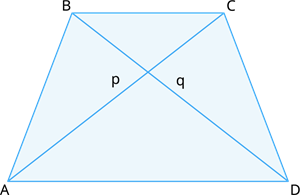
PUMPA - SMART LEARNING
எங்கள் ஆசிரியர்களுடன் 1-ஆன்-1 ஆலோசனை நேரத்தைப் பெறுங்கள். டாப்பர் ஆவதற்கு நாங்கள் பயிற்சி அளிப்போம்
Book Free DemoA trapezium is a quadrilateral whose two opposite sides are parallel, but the other two are not parallel.
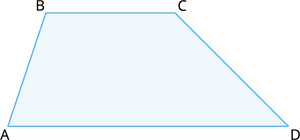
AD and BC are two parallel edges are termed as bases.
AB and CD are two non parallel edges are termed as lateral sides.
In trapezium, whose lateral sides (AB) = (CD) are equal, then the trapezium is known as isosceles trapezium.
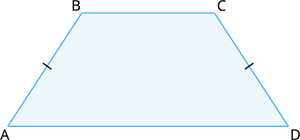
Properties:
- The bases of the trapezium are parallel to each other (AD || BC).
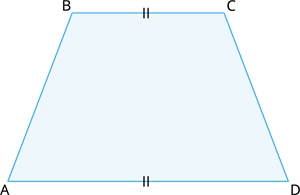
- The sum of its angles is 360°.
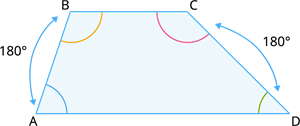
- The diagonals of a regular(all sides and angles are equal) trapezium bisect each other. In regular trapezium (AB = BC = CD = DA) and (∠A = ∠B = ∠C = ∠D).
